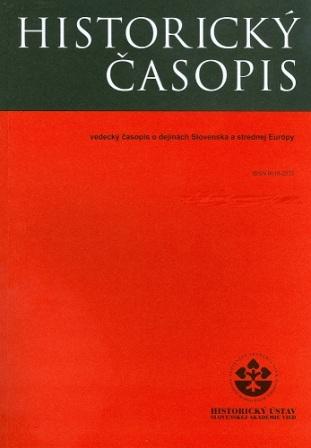Topológie holokaustu na východoslovenskom vidieku
Topologies of the holocaust in the east Slovak countryside
Author(s): Hana KubátováSubject(s): Regional Geography, Social history, WW II and following years (1940 - 1949), History of the Holocaust, History of Antisemitism
Published by: Historický ústav SAV
Keywords: Topologies; Topographies; The Holocaust; Village; Civilization;
Summary/Abstract: Placing my investigation into the historically multi-ethnic and multireligious small towns and villages of the former Šariš-Zemplín County in eastern Slovakia during the Second World War, I examine ideas and policies associated with civilizing the countryside, as voiced and introduced by Hlinka’s Slovak People’s Party. Building on what is now a growing scholarship on the topographies and topologies of the Holocaust, I reconstruct here how plans and programs to raise living standards in the east of the country, including a policy entitled “caring for the Slovak village,” hastened the further exclusion of local Jews from what had been a joint social space and physical place. Doing so, I manifest how the “beautifying” of Slovak villages included “cleansing” these from the Jews, and how the process, while orchestrated from above, had its own local dynamics. More generally, my work makes a case for an integrated social history of the Holocaust in eastern Slovakia, one that shows how the social and economic “uplifting” was intertwined with the robbing and murdering of local Jews.
Journal: Historický časopis
- Issue Year: 69/2021
- Issue No: 4
- Page Range: 601-625
- Page Count: 25
- Language: Slovak

